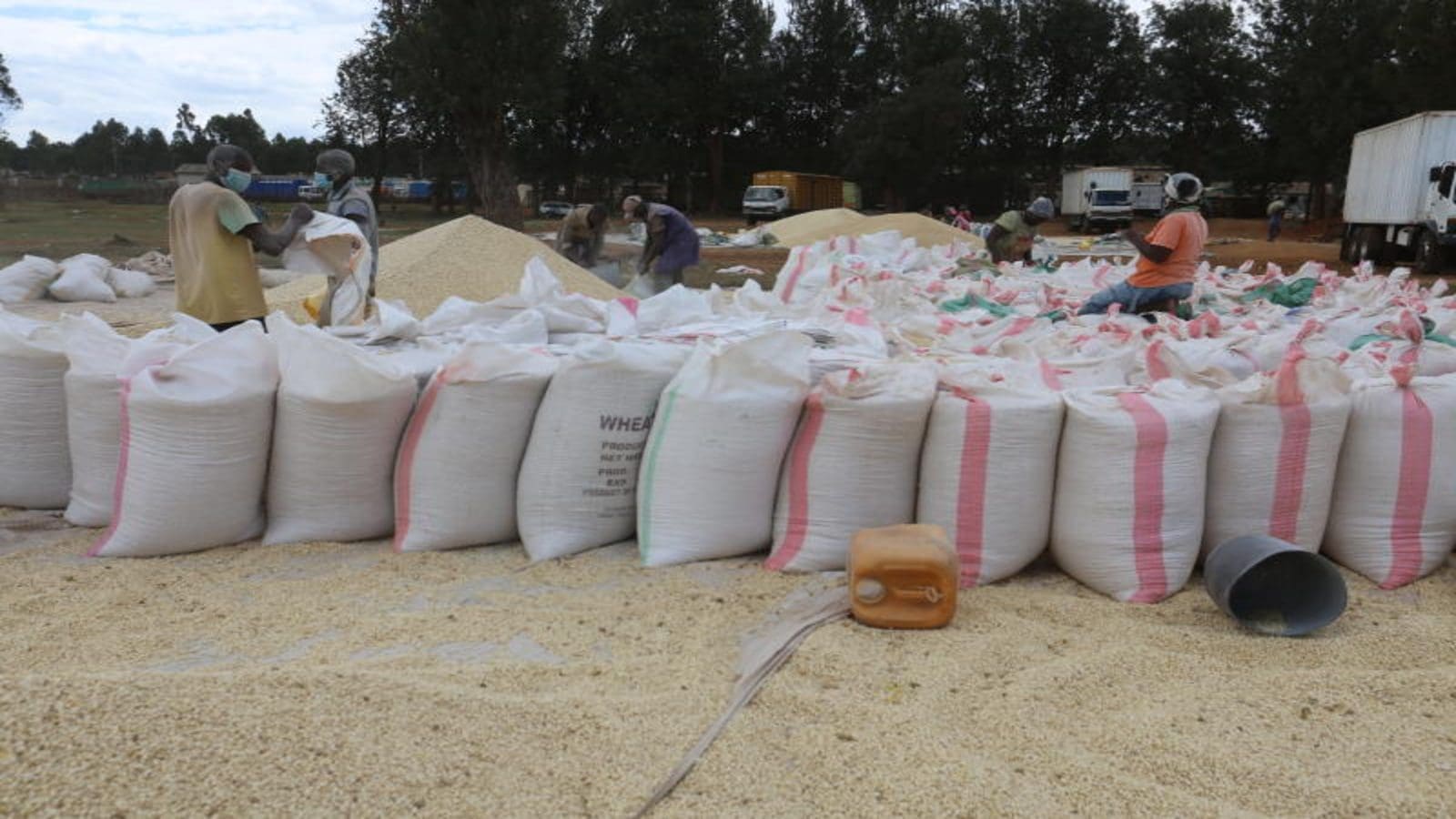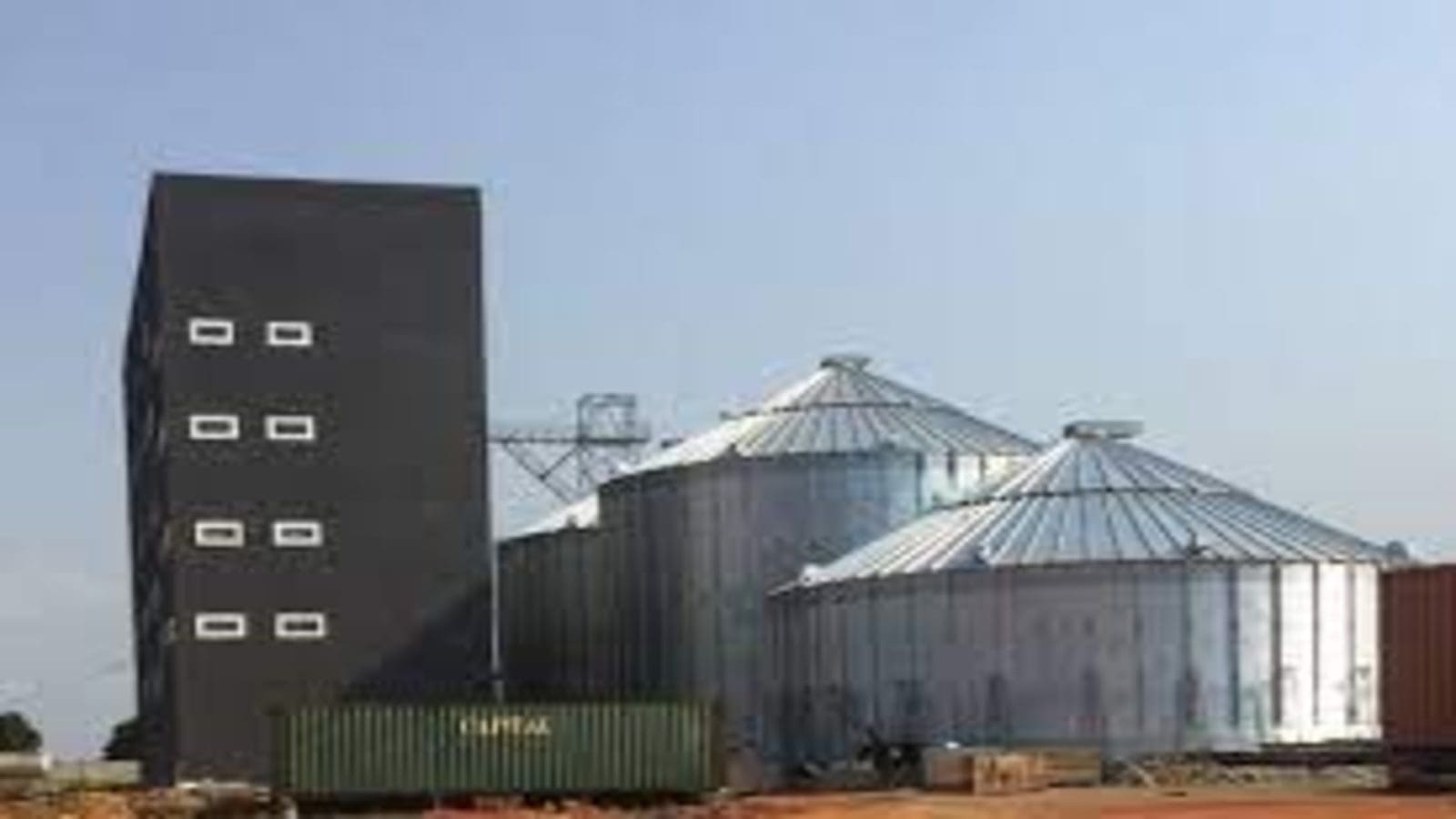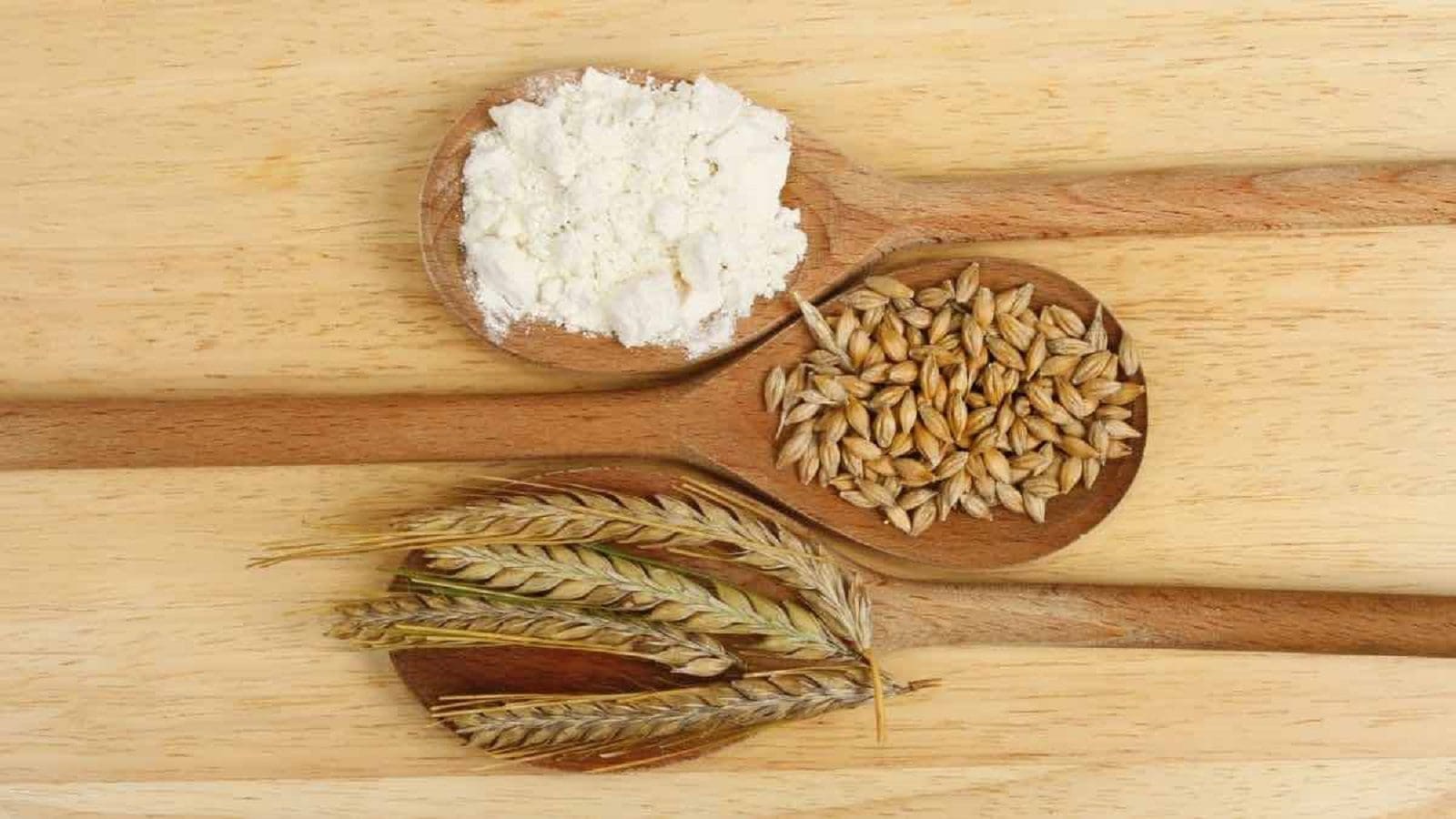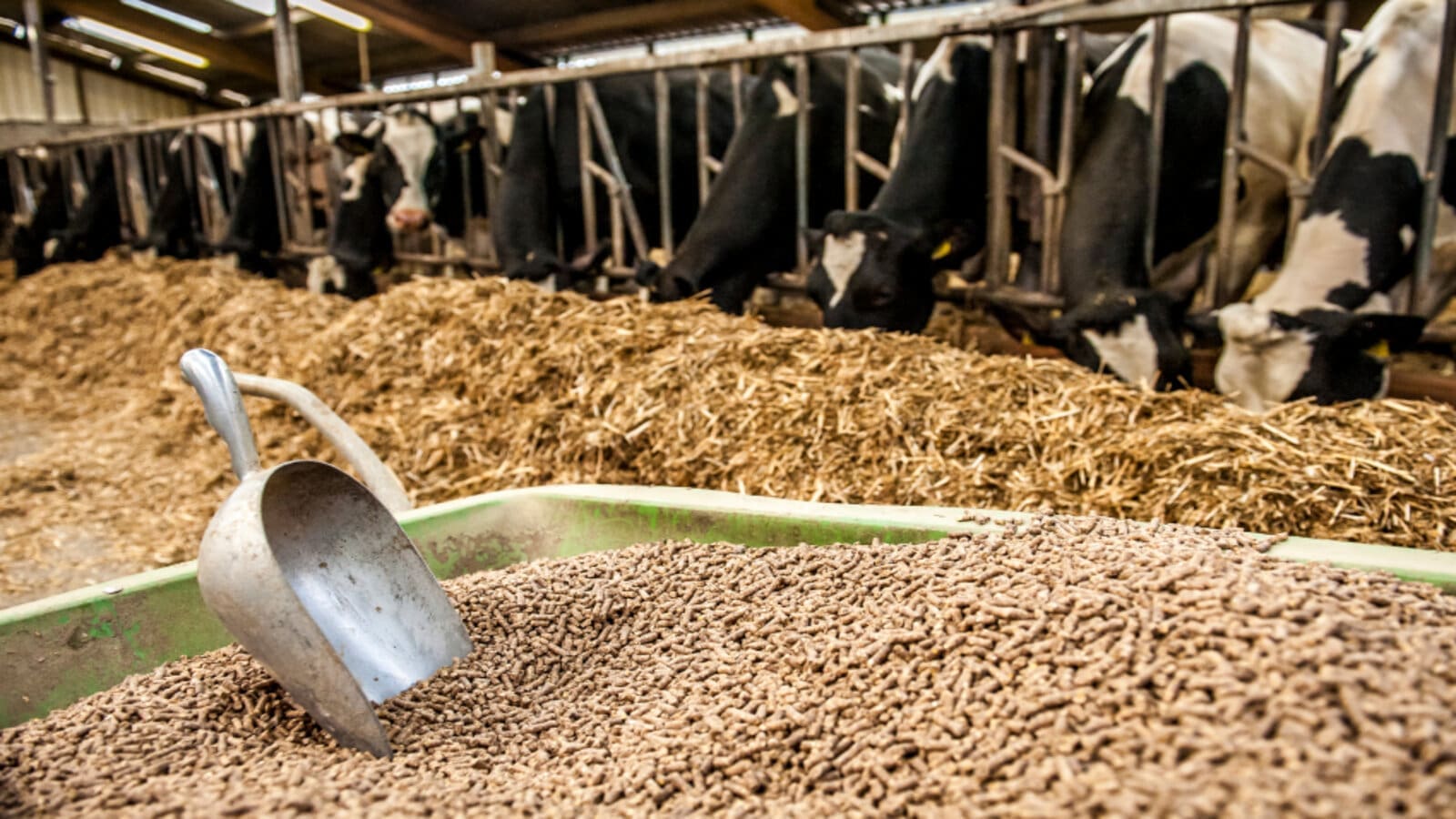KENYA – Maize prices in Kenya have hit a new record high of KES 6000 per 90Kg bag as scarce supply of the commodity creates new competition between millers and other agencies such as the National Cereals and Produce Board (NCPB).
The scarcity can be directly linked to prolonged drought, the country’s worst in 40 years, and high fertilizer prices which impacted local production and drove prices to new highs.
The State, in December, announced that it would allow the importation of 10 million bags of maize, duty-free, to curb the shortage and stabilize local prices.
Disagreement between the state and millers over modalities of importing duty-free maize has however delayed the arrival of the much-needed commodity further escalating the maize shortage crisis.
Millers are reported to have opted out of the program after the State forced them to sign a memorandum of understanding stating that the imported grain will land at Sh4,200 to have an impact on consumers.
With local supply almost drying up, stiff competition has emerged between millers and other agencies such as the World Food Program and the National Cereals and Produce Board which are offering farmers higher prices.
According to Business daily, the National Cereals and Produce Board (NCPB) announced last week that it had increased the buying price of maize from KES5,100 (US$40) to KES5,600 (US$43.9).
With a fear of losing supply, Millers have also adjusted their prices higher but even this move is not sufficient as supply is already constrained.
“Even at Sh6,000 a bag, we are struggling to get maize from farmers,” said Aggarwal Atin, chief executive at Trident Millers.
To reflect the current market prices, Millers have already adjusted the price of maize meal in line with the rising cost of maize, with a bale that was selling at KES2,050 (US$16.1) now going for KES2,250 (US$17.6).
At the supermarkets, the retail price of the staple has jumped to KES190 (US$1.5) for a two-kilo packet from KES180 (US$1.4) at the beginning of the month, pointing to tough times for consumers.
For all the latest food industry news from Africa and the World, subscribe to our NEWSLETTER, follow us on Twitter and LinkedIn, like us on Facebook and subscribe to our YouTube channel










